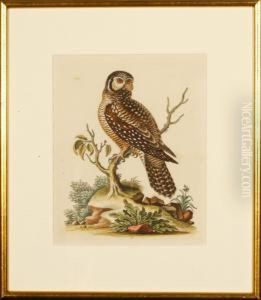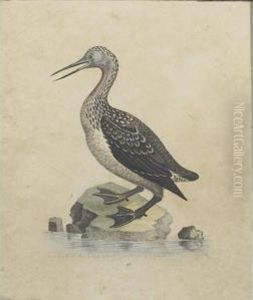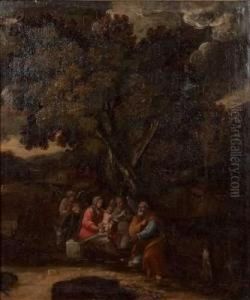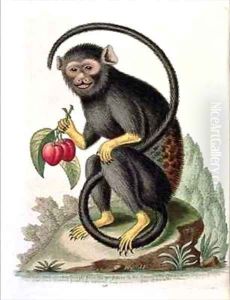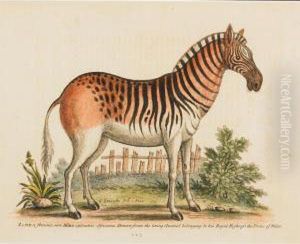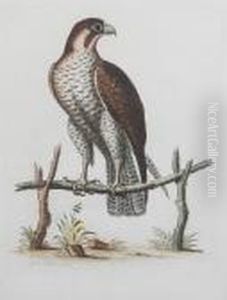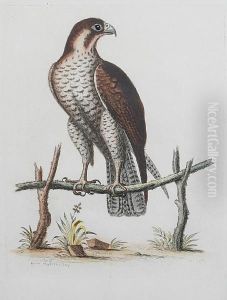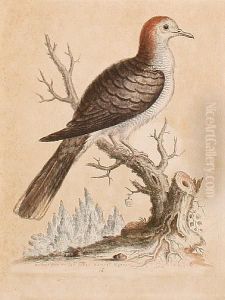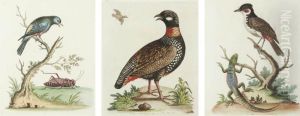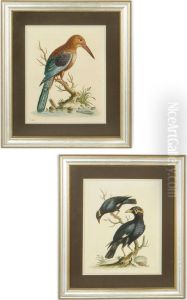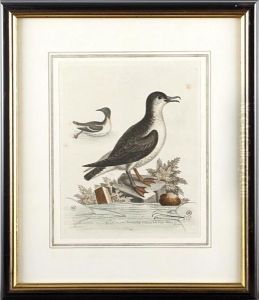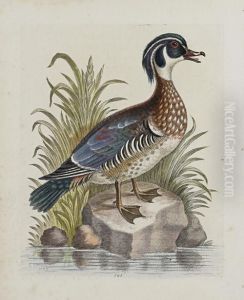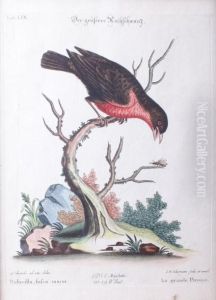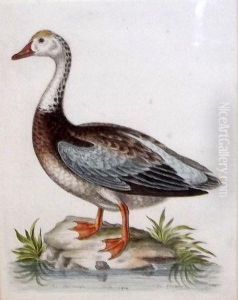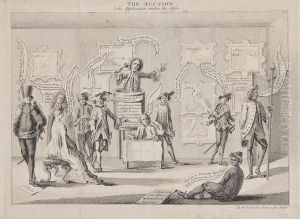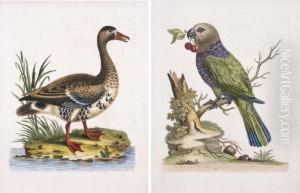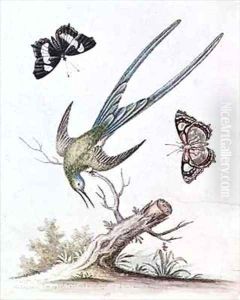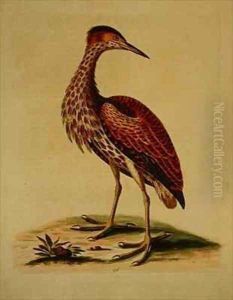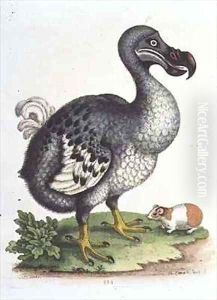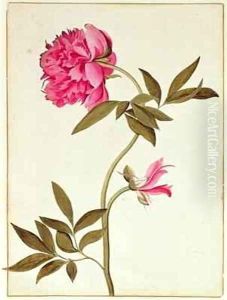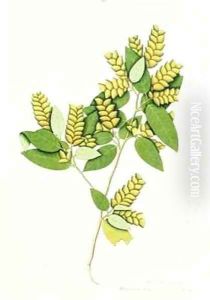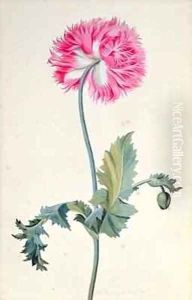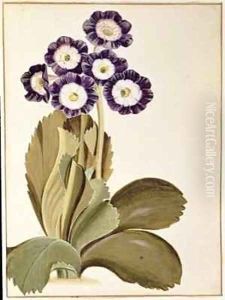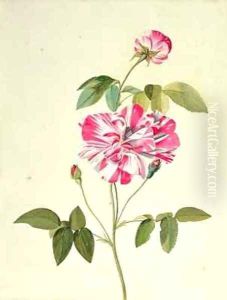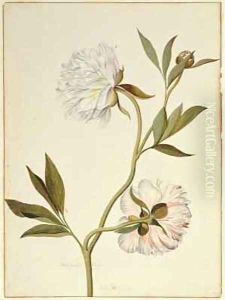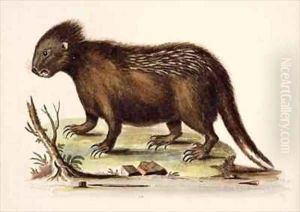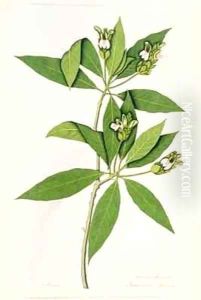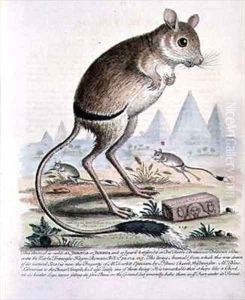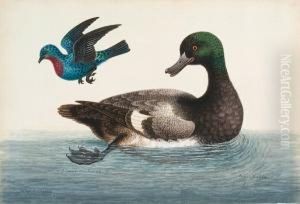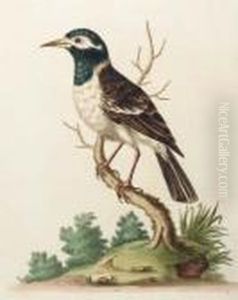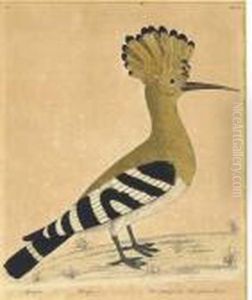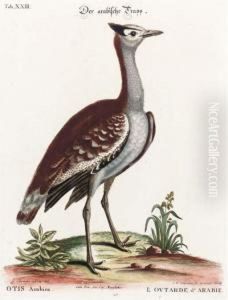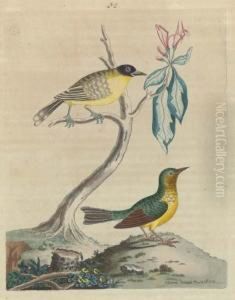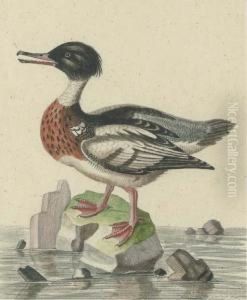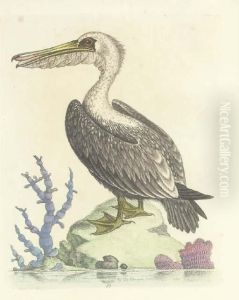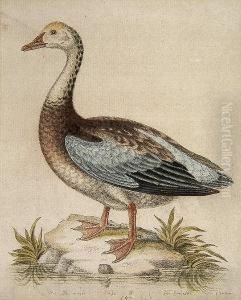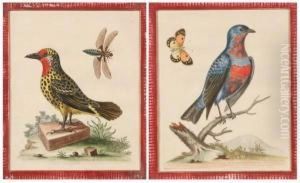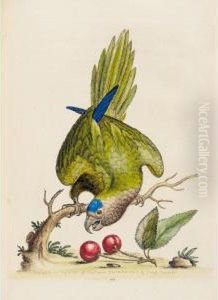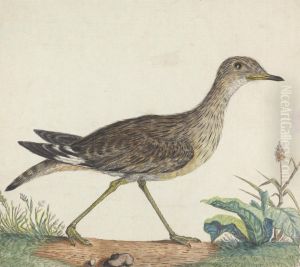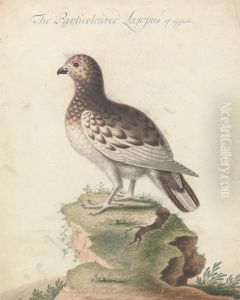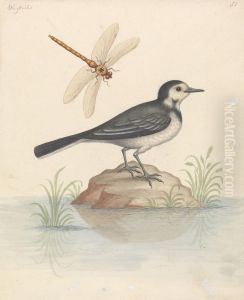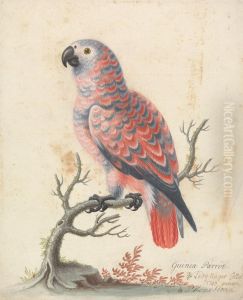George Edwards Paintings
George Edwards was an English naturalist and ornithologist, known as the 'father of British ornithology'. He was born on April 3, 1694, in Stratford, Essex. Edwards had a passion for natural history from a young age, and he pursued his interests throughout his life, despite not having a formal education in the sciences.
Initially working in various capacities, including as a merchant, Edwards eventually became the librarian to Sir Hans Sloane, a collector and naturalist, which provided him with access to a significant collection of books and natural specimens. This position allowed him to cultivate his interest in birds and natural history.
In 1743, Edwards published the first volume of his most famous work, 'A Natural History of Uncommon Birds', which would eventually comprise four volumes and include hand-colored plates of birds, many of which were new to science at the time. He continued to study and document birds and other animals, and his works contributed significantly to the field of ornithology.
Edwards's contributions to natural history were recognized in his lifetime. He was elected as a fellow of the Royal Society in 1751 and was awarded the Copley Medal in 1750 for his contributions to the field. His legacy is not only in his detailed and accurate illustrations but also in his approach to the study of birds, which combined scientific rigor with an emphasis on observation in their natural habitats.
George Edwards died on July 23, 1773, in Plaistow, London. His legacy endures through his detailed illustrations and descriptions of bird species, many of which are still used by ornithologists and naturalists today. His work paved the way for future naturalists and set a standard for the scientific documentation of wildlife.
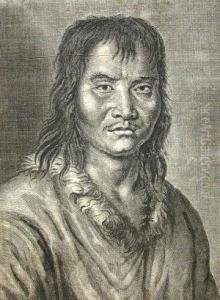
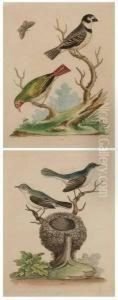
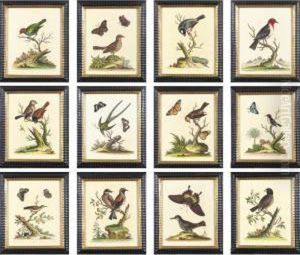
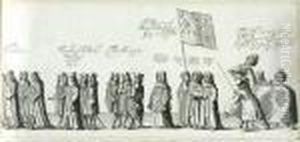
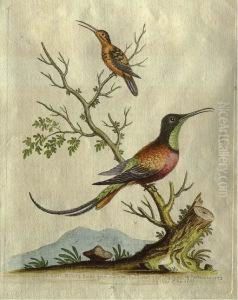
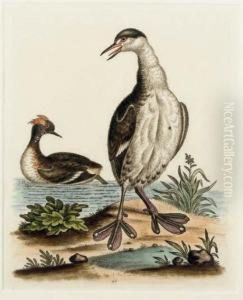
![[collection Of Various Foreign And Little-known Birds]: Six Plates](https://www.niceartgallery.com/imgs/1290305/s/george-edwards-collection-of-various-foreign-and-littleknown-birds-six-plates-b85cb8f0.jpg)
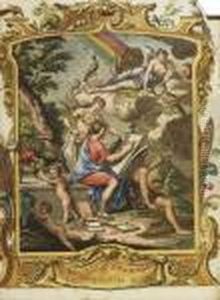
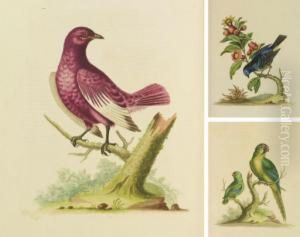
![[collection Of Various Foreign And Little-known Birds]: Six Plates](https://www.niceartgallery.com/imgs/1290302/s/george-edwards-collection-of-various-foreign-and-littleknown-birds-six-plates-f26233bb.jpg)
